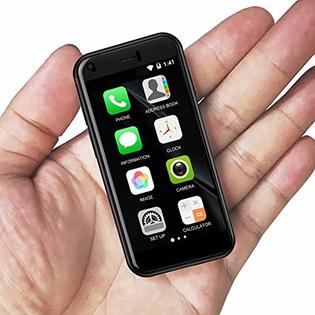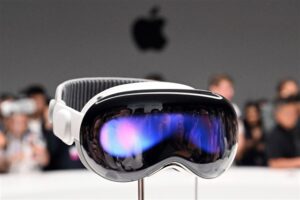
In the span of just a few decades, technology has embarked on an astounding journey, shrinking colossal computers into the palm of our hands. The smartphone, a ubiquitous device in today’s world, stands as a testament to the remarkable progress of miniaturization, computing power, and connectivity. In this blog, we’ll delve into the awe-inspiring evolution of smartphones and explore how their capabilities have surpassed those of early computers, shaping the way we work, communicate, and experience life.
- From Room-Fillers to Pocket Wonders: Early Computers
The earliest computers were massive machines that occupied entire rooms. Their processing power was limited compared to today’s standards, but they laid the foundation for the digital revolution that was yet to come.
- Miniaturization: The Birth of the Smartphone
The advent of microprocessors paved the way for miniaturization, allowing computing power to be condensed into smaller devices. The smartphone emerged as a pocket-sized marvel, combining computing, communication, and multimedia capabilities.
- Processing Power: A Giant Leap Forward
The processing power of early computers was modest, measured in kilohertz (kHz) and megahertz (MHz). In contrast, modern smartphones boast processing speeds measured in gigahertz (GHz), rivaling the computing power of desktop computers from not too long ago.
- Multitasking Mastery: Effortless and Seamless
Early computers struggled with multitasking, often requiring manual intervention to switch between tasks. Smartphones excel in multitasking, effortlessly handling multiple applications simultaneously, thanks to advanced processors and optimized software.
- Connectivity Revolution: The World in Your Hands
Early computers were confined to physical locations with limited connectivity. Smartphones, on the other hand, connect us to the world, offering cellular, Wi-Fi, and even satellite connectivity, enabling instant communication and access to information globally.
- Photography Evolution: Pocket-Sized Cameras
Early computers didn’t include built-in cameras. Smartphones have not only integrated high-resolution cameras but have also introduced innovations like portrait modes, night photography, and AI-driven enhancements.
- Touchscreen Innovation: Intuitive Interaction
Early computers relied on complex interfaces like punch cards and command lines. Smartphones introduced intuitive touchscreen interfaces that made technology accessible to a wider audience, eliminating the need for specialized skills.
- App Ecosystem: Expanding Horizons
Early computers primarily ran software developed for specific tasks. Smartphones introduced the concept of mobile apps, creating a thriving ecosystem of applications that cater to entertainment, productivity, education, and more.
- Global Reach: Connecting Communities
Early computers were limited in their reach and accessibility. Smartphones have bridged the digital divide, making technology accessible to diverse populations around the world, often in regions with limited traditional computing infrastructure.
- Personalization: Tailoring Technology to You
Early computers were rigid in terms of customization. Smartphones offer extensive personalization options, allowing users to adapt their devices to their preferences through themes, widgets, and settings.
The journey from room-sized computers to pocket-sized smartphones is a testament to human ingenuity and innovation. Smartphones have not only surpassed early computers in terms of processing power and capabilities but have also revolutionized the way we live, work, and interact with the world. As we continue to witness the evolution of technology, let’s marvel at the boundless possibilities that lie ahead and embrace the power of these remarkable devices that empower us to navigate our modern lives with unprecedented convenience and connectivity.





